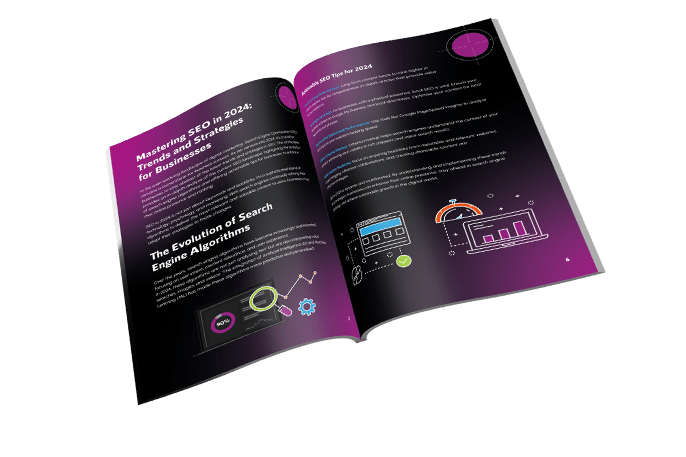News
5 Common UI/UX Design Mistakes and How to Avoid Them
In the world of digital design, User Interface (UI) and User Experience (UX) play pivotal roles in determining the success of a product. A well-designed UI/UX can significantly enhance user engagement and satisfaction, whilst poor design can lead to user frustration and abandonment. Despite its importance, UI/UX design is often riddled with common mistakes that can compromise a product’s effectiveness. In this article, we will explore five prevalent UI/UX design mistakes and provide practical advice on how to avoid them.
1. Overcomplicating the Interface
A common pitfall in UI/UX design is the tendency to overcomplicate the user interface. Designers often feel compelled to include numerous features and elements, resulting in a cluttered and overwhelming interface. This can confuse users and detract from the primary functions of the application.
To avoid this mistake, consider the following strategies:
· Prioritise Essential Features: Focus on the core functionalities that users need and eliminate unnecessary elements.
· Use White Space Effectively: White space improves readability and allows users to focus on important content.
· Adopt a Minimalistic Approach: A minimalist design emphasises simplicity and ease of use.
2. Ignoring User Feedback
User feedback is a valuable resource that can provide insights into how users interact with a product. Ignoring this feedback can result in persistent usability issues and hinder the product’s improvement. Engaging with users and understanding their needs is crucial to successful UI/UX design.
Here is how you can effectively incorporate user feedback:
1. Conduct Regular User Testing: Schedule usability testing sessions to gain firsthand insights into user behaviour and preferences.
2. Utilise Surveys and Feedback Forms: Collect user feedback through surveys to identify areas for improvement.
3. Implement Feedback Loops: Regularly review and act on user feedback to refine and enhance the design.
3. Inconsistent Design Elements
Consistency is key in UI/UX design. Inconsistent design elements can confuse users and create a disjointed experience. This includes variations in typography, colour schemes, and button styles across the application.
To maintain consistency, consider these tips:
· Develop a Design System: Create a comprehensive design system that outlines the standardised use of design elements.
· Use Style Guides: Ensure all team members adhere to a style guide to maintain uniformity across the application.
· Regularly Review Design Elements: Conduct regular audits to ensure consistency is maintained as the application evolves.
4. Neglecting Mobile Responsiveness
With an increasing number of users accessing applications via mobile devices, neglecting mobile responsiveness can severely impact the user experience. An application that is not optimised for mobile can lead to usability issues and frustrate users.
To ensure mobile responsiveness:
· Adopt a Mobile-First Approach: Design with mobile users in mind from the onset.
· Utilise Responsive Design Techniques: Implement flexible layouts, images, and CSS media queries to adapt to different screen sizes.
· Test Across Devices: Regularly test the application on various devices to ensure optimal performance.
5. Overlooking Accessibility
Accessibility is a critical aspect of UI/UX design that ensures all users, including those with disabilities, can effectively interact with a product. Overlooking accessibility can limit the audience reach and exclude potential users.
To enhance accessibility, consider the following:
1. Incorporate ARIA Landmarks: Use Accessible Rich Internet Applications (ARIA) landmarks to improve navigability for users with screen readers.
2. Ensure Sufficient Colour Contrast: Use high-contrast colour schemes to accommodate users with visual impairments.
3. Provide Keyboard Navigation: Ensure users can navigate through the application using a keyboard alone.
Conclusion
UI/UX design is a critical component of product development that directly impacts user satisfaction and engagement. By avoiding common mistakes such as overcomplicating interfaces, ignoring user feedback, and neglecting mobile responsiveness, designers can create intuitive and enjoyable user experiences. Consistency and accessibility should also be prioritised to ensure that all users can interact with the product effectively.





The Ultimate Social Media Guide
With the ever-growing power of social media, we use the latest techniques, video, and animation software to craft eye-catching social media assets that make your brand pop. Our designers, wielding Adobe Creative tools, create distinctive animations and graphics to illuminate your brand story and highlight your products or services. Want a unique design? No problem – we also offer bespoke designs to match your brand aesthetic.